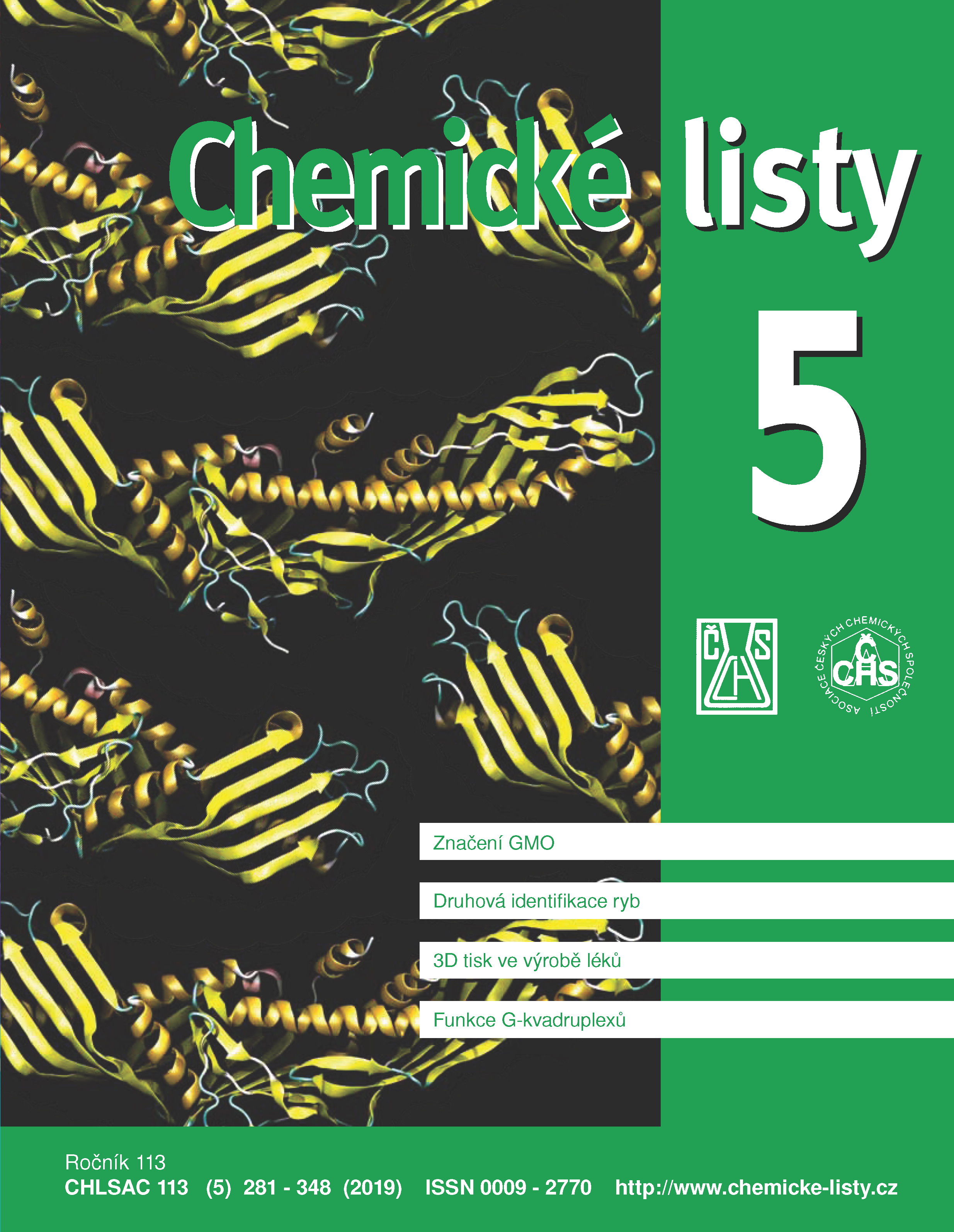Difficulties of Thromboxane Production Measurement in Clinical Practice
Keywords:
aspirin, cyclooxygenase, thromboxane B₂, 11-dehydrothromboxane B₂, thromboxane A₂Abstract
The efficacy of antiplatelet therapy with aspirin is assessed by the degree of suppression of thromboxane A2 or its metabolites. The techniques used most widely in current clinical practice are enzyme immunoassays. However, their results vary considerably depending, in particular, on the technique of sample processing. The authors describe the most often assessed thromboxane A2 metabolites and the determination of their blood plasma, serum and urine levels. They also discuss the pros and cons of assessing individual thromboxane A2 metabolites and possible causes of inadequate aspirin-induced thromboxane suppression. The authors also mention novel, so called direct techniques allowing for a direct evidence of cyclooxygenase-1 acetylation, which are becoming reference ones for other techniques.





